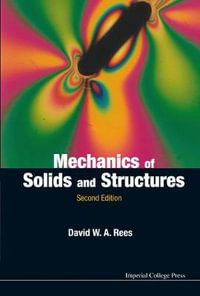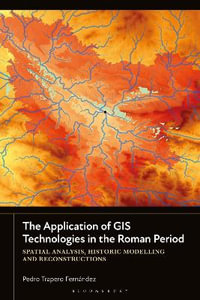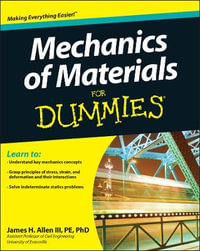
Method of Dimensionality Reduction in Contact Mechanics and Friction
By: Valentin L. Popov, Markus Heß
Hardcover | 2 September 2014
At a Glance
Hardcover
$95.46
Aims to ship in 7 to 10 business days
ISBN: 9783642538759
ISBN-10: 3642538754
Published: 2nd September 2014
Format: Hardcover
Language: English
Number of Pages: 284
Audience: Professional and Scholarly
Publisher: Springer Nature B.V.
Country of Publication: DE
Dimensions (cm): 23.39 x 15.6 x 1.75
Weight (kg): 0.58
Shipping
| Standard Shipping | Express Shipping | |
|---|---|---|
| Metro postcodes: | $9.99 | $14.95 |
| Regional postcodes: | $9.99 | $14.95 |
| Rural postcodes: | $9.99 | $14.95 |
How to return your order
At Booktopia, we offer hassle-free returns in accordance with our returns policy. If you wish to return an item, please get in touch with Booktopia Customer Care.
Additional postage charges may be applicable.
Defective items
If there is a problem with any of the items received for your order then the Booktopia Customer Care team is ready to assist you.
For more info please visit our Help Centre.
You Can Find This Book In
This product is categorised by
- Non-FictionEngineering & TechnologyMechanical Engineering & MaterialsMechanical EngineeringTribology including Friction & Lubrication
- Non-FictionEngineering & TechnologyMechanical Engineering & MaterialsMaterials ScienceMechanics of Solids
- Non-FictionEngineering & TechnologyIndustrial Chemistry & Manufacturing Technologies
- Non-FictionEngineering & TechnologyTechnology in GeneralTechnical Design
- Non-FictionMathematicsProbability & Statistics
- Non-FictionMathematicsApplied Mathematics
- Non-FictionEngineering & TechnologyTechnology in GeneralEngineering in General
























